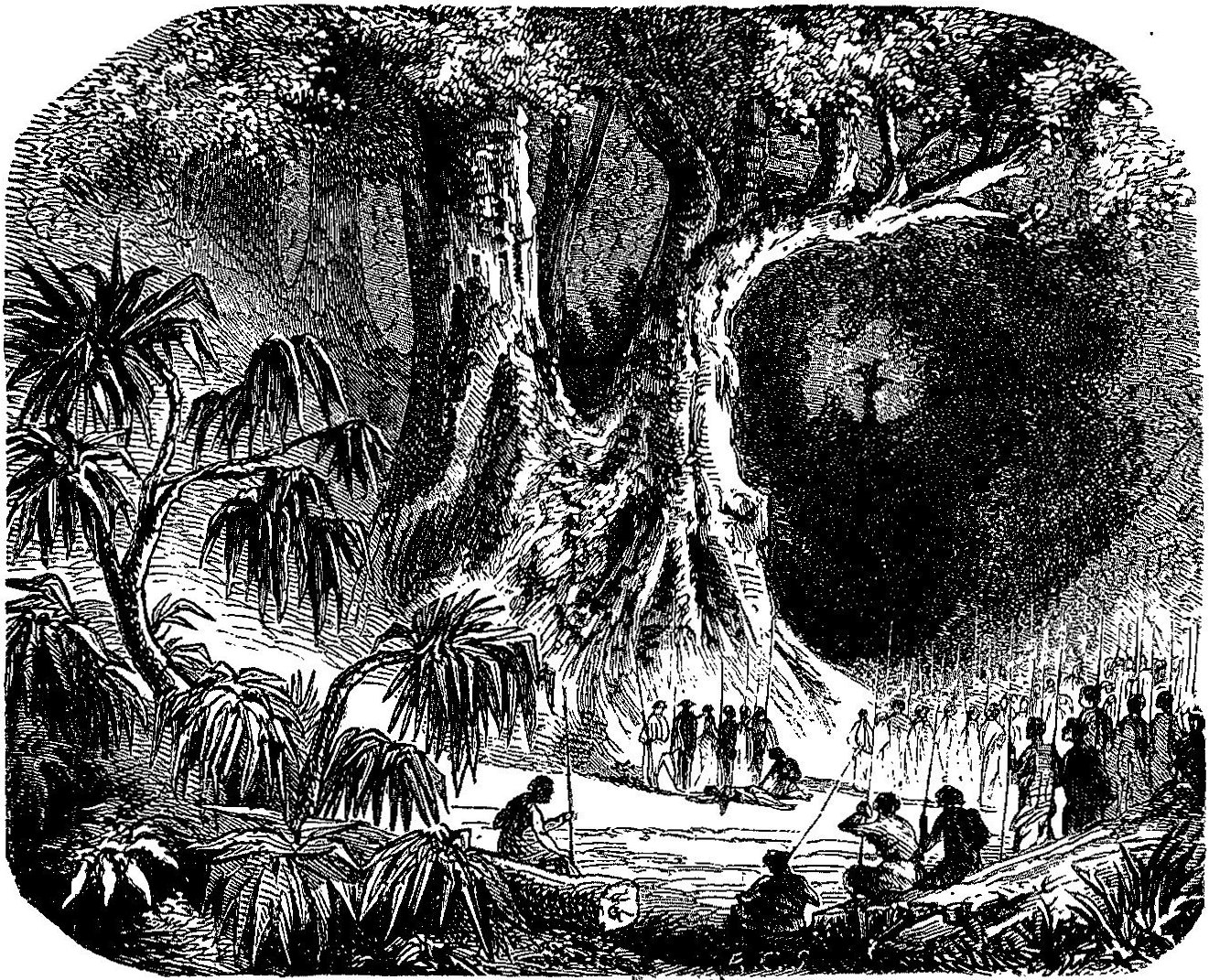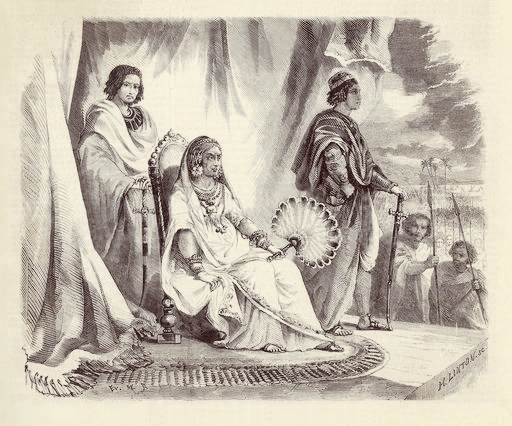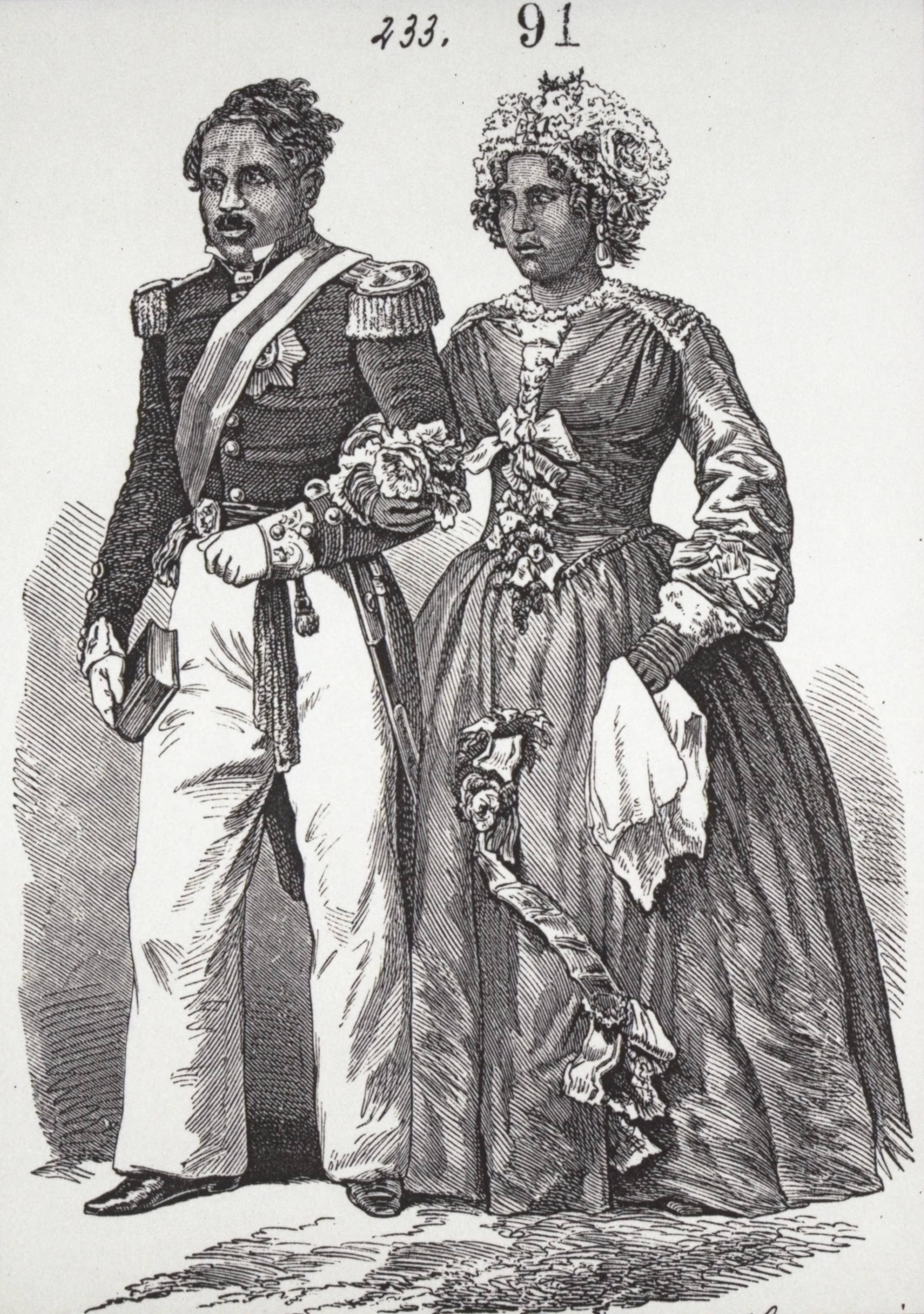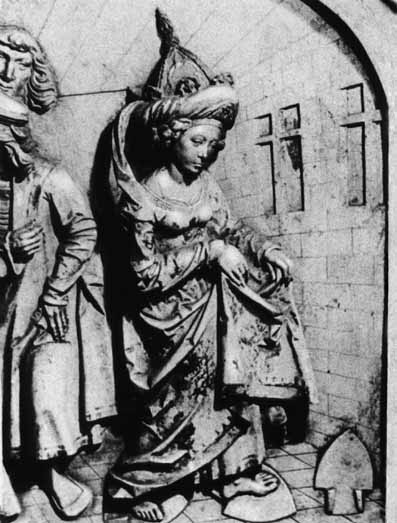|
Tangena
''Tangena'' is the indigenous name for the tree species ''Cerbera manghas'' (family Apocynaceae) of Madagascar, which produces seeds - containing the highly toxic cardiac glycoside cerberin - that were used historically on the island for trial by ordeal, trials by ordeal, held in order to determine the guilt or innocence of an accused party. The tradition of the tangena ordeal, which has taken various forms over time, dates to at least the 16th century in Imerina, the central highland kingdom that would eventually come to rule the population of nearly the entire island four centuries later. It has been estimated that the poison may have been responsible for the death of as much as 2% of the population of the central province of Madagascar each year on average, with much higher mortality rates at specific periods, such as during the reign of Queen Ranavalona I (1828–1861), when the ordeal was heavily used. The belief in the genuineness and accuracy of the tangena ordeal wa ... [...More Info...] [...Related Items...] OR: [Wikipedia] [Google] [Baidu] |
Tangena Trial By Ordeal Madagascar
''Tangena'' is the indigenous name for the tree species ''Cerbera manghas'' (family Apocynaceae) of Madagascar, which produces seeds - containing the highly toxic cardiac glycoside cerberin - that were used historically on the island for trial by ordeal, trials by ordeal, held in order to determine the guilt or innocence of an accused party. The tradition of the tangena ordeal, which has taken various forms over time, dates to at least the 16th century in Imerina, the central highland kingdom that would eventually come to rule the population of nearly the entire island four centuries later. It has been estimated that the poison may have been responsible for the death of as much as 2% of the population of the central province of Madagascar each year on average, with much higher mortality rates at specific periods, such as during the reign of Queen Ranavalona I (1828–1861), when the ordeal was heavily used. The belief in the genuineness and accuracy of the tangena ordeal wa ... [...More Info...] [...Related Items...] OR: [Wikipedia] [Google] [Baidu] |
Ranavalona I
Ranavalona I (born Rabodoandrianampoinimerina (also called Ramavo); 1778 – 16 August 1861), also known as Ranavalo-Manjaka I and the “Mad Monarch of Madagascar” was sovereign of the Kingdom of Madagascar from 1828 to 1861. After positioning herself as queen following the death of her young husband, Radama I, Ranavalona pursued a policy of isolationism and self-sufficiency, reducing economic and political ties with European powers, repelling a French attack on the coastal town of Foulpointe, and taking vigorous measures to eradicate the small but growing Malagasy Christian movement initiated under Radama I by members of the London Missionary Society. She made heavy use of the traditional practice of '' fanompoana'' (forced labor as tax payment) to complete public works projects and develop a standing army of between 20,000 and 30,000 Merina soldiers, whom she deployed to pacify outlying regions of the island and further expand the realm. The combination of regular wa ... [...More Info...] [...Related Items...] OR: [Wikipedia] [Google] [Baidu] |
Trial By Ordeal
Trial by ordeal was an ancient judicial practice by which the guilt or innocence of the accused was determined by subjecting them to a painful, or at least an unpleasant, usually dangerous experience. In medieval Europe, like trial by combat, trial by ordeal, such as cruentation, was sometimes considered a "judgement of God" ( la, jūdicium Deī, ang, Godes dōm): a procedure based on the premise that God would help the innocent by performing a miracle on their behalf. The practice has much earlier roots, attested to as far back as the Code of Hammurabi and the Code of Ur-Nammu. In pre-modern society, the ordeal typically ranked along with the oath and witness accounts as the central means by which to reach a judicial verdict. Indeed, the term ''ordeal'', Old English ''ordǣl'', has the meaning of "judgment, verdict" (German ''Urteil'', Dutch ''oordeel''), from Proto-Germanic ''*uzdailiją'' "that which is dealt out". Priestly cooperation in trials by fire and water was forb ... [...More Info...] [...Related Items...] OR: [Wikipedia] [Google] [Baidu] |
History Of Madagascar
The history of Madagascar is distinguished clearly by the early isolation of the landmass from the ancient supercontinent containing Africa and India, and by the island's late colonization by human settlers from the Sunda islands (Malay Archipelago) and from East Africa. These two factors facilitated the evolution and survival of thousands of endemic plant and animal species, some of which have gone extinct or are currently threatened with extinction. Trade in the Indian Ocean at the time of first colonization of Madagascar was dominated by Indonesian ships, probably of Borobudur ship and K'un-lun po types. Over the past two thousand years the island has received waves of settlers of diverse origins including Austronesian, Bantu, Arab, South Asian, Chinese, and European. The majority of the population of Madagascar today is a mixture of Austronesian and Bantu settlers. Despite popular belief, there has been no genetic input from Arabs or Indians, although one tribe, the ... [...More Info...] [...Related Items...] OR: [Wikipedia] [Google] [Baidu] |
Cerbera Tanghin - Köhler–s Medizinal-Pflanzen-176
''Cerbera'' is a genus of evergreen small trees or shrubs, native to tropical Asia, Australia, Madagascar, and various islands in the Indian Ocean and the western Pacific Ocean. Three trees of this genus are mangroves, ''Cerbera floribunda'', ''Cerbera manghas'' and ''Cerbera odollam''. The leaves are alternate and lack interpetiolar stipules. The tubular corollas are actinomorphic, i.e. they are symmetric and can be divided in halves along any diameter. All trees contain a white latex. The fruits are drupes. The genus is named after Cerberus because all its parts are poisonous : they contain cerberin, a cardiac glycoside, a substance that blocks electric impulses in the body (including the beating of the heart). Therefore, it is advised to avoid using wood from Cerbera species due to their toxicity, and as their smoke may cause lethal poisoning. The genus is related to ''Cerberiopsis'',Potgieter, K., and V. A. Albert. (2001) Phylogenetic Relationships within Apocynaceae ... [...More Info...] [...Related Items...] OR: [Wikipedia] [Google] [Baidu] |
Radama II
Radama II (September 23, 1829 – May 12, 1863 'contested'' was the son and heir of Queen Ranavalona I and ruled from 1861 to 1863 over the Kingdom of Madagascar, which controlled virtually the entire island. Radama's rule, although brief, was a pivotal period in the history of the Kingdom of Madagascar. Under the unyielding and often harsh 33-year rule of his mother, Queen Ranavalona I, Madagascar had successfully preserved its cultural and political independence from European colonial designs. Rejecting the queen's policy of isolationism and persecution of Christians, Radama II permitted religious freedom and re-opened Madagascar to European influence. Under the terms of the Lambert Charter, which Radama secretly contracted in 1855 with French entrepreneur Joseph-François Lambert while Ranavalona still ruled, the French were awarded exclusive rights to the exploitation of large tracts of valuable land and other lucrative resources and projects. This agreement, which was l ... [...More Info...] [...Related Items...] OR: [Wikipedia] [Google] [Baidu] |
Trial By Ordeal
Trial by ordeal was an ancient judicial practice by which the guilt or innocence of the accused was determined by subjecting them to a painful, or at least an unpleasant, usually dangerous experience. In medieval Europe, like trial by combat, trial by ordeal, such as cruentation, was sometimes considered a "judgement of God" ( la, jūdicium Deī, ang, Godes dōm): a procedure based on the premise that God would help the innocent by performing a miracle on their behalf. The practice has much earlier roots, attested to as far back as the Code of Hammurabi and the Code of Ur-Nammu. In pre-modern society, the ordeal typically ranked along with the oath and witness accounts as the central means by which to reach a judicial verdict. Indeed, the term ''ordeal'', Old English ''ordǣl'', has the meaning of "judgment, verdict" (German ''Urteil'', Dutch ''oordeel''), from Proto-Germanic ''*uzdailiją'' "that which is dealt out". Priestly cooperation in trials by fire and water was forb ... [...More Info...] [...Related Items...] OR: [Wikipedia] [Google] [Baidu] |
Cerberin
Cerberin is a type of cardiac glycoside, a steroidal class found in the seeds of the dicotyledonous angiosperm genus ''Cerbera''; including the suicide tree (''Cerbera odollam'') and the sea mango (''Cerbera manghas''). This class includes digitalis-like agents, channel-blockers that as a group have found historic uses as cardiac treatments, but which at higher doses are extremely toxic; in the case of cerberin, consumption of the ''C. odollam'' results in poisoning with presenting nausea, vomiting, and abdominal pain, often leading to death. The natural product has been structurally characterized, its toxicity is clear—it is often used as an intentional human poison in third-world countries, and accidental poisonings with fatalities have resulted from individuals even indirectly consuming the agent—but its potentially therapeutic pharmacologic properties are very poorly described. Structure and synonyms Cerberin, like all cardiac glycosides, has as its core a steroid-ty ... [...More Info...] [...Related Items...] OR: [Wikipedia] [Google] [Baidu] |
Cardiac Glycoside
Cardiac glycosides are a class of organic compounds that increase the output force of the heart and decrease its rate of contractions by inhibiting the cellular sodium-potassium ATPase pump. Their beneficial medical uses are as treatments for congestive heart failure and cardiac arrhythmias; however, their relative toxicity prevents them from being widely used. Most commonly found as secondary metabolites in several plants such as foxglove plants, these compounds nevertheless have a diverse range of biochemical effects regarding cardiac cell function and have also been suggested for use in cancer treatment. Classification General structure The general structure of a cardiac glycoside consists of a steroid molecule attached to a sugar (glycoside) and an R group. The steroid nucleus consists of four fused rings to which other functional groups such as methyl, hydroxyl, and aldehyde groups can be attached to influence the overall molecule's biological activity. Cardiac glyco ... [...More Info...] [...Related Items...] OR: [Wikipedia] [Google] [Baidu] |
Imerina
The Merina Kingdom, or Kingdom of Madagascar, officially the Kingdom of Imerina (–1897), was a pre-colonial state off the coast of Southeast Africa that, by the 19th century, dominated most of what is now Madagascar. It spread outward from Imerina, the Central Highlands region primarily inhabited by the Merina ethnic group with a spiritual capital at Ambohimanga and a political capital west at Antananarivo, currently the seat of government for the modern state of Madagascar. The Merina kings and queens who ruled over greater Madagascar in the 19th century were the descendants of a long line of hereditary Merina royalty originating with Andriamanelo, who is traditionally credited with founding Imerina in 1540. In 1883, France invaded the Merina Kingdom to establish a protectorate. France invaded again in 1894 and conquered the kingdom, making it a French colony, in what became known as the Franco-Hova Wars. History Hova-Vazimba conflict Madagascar's central highlands ... [...More Info...] [...Related Items...] OR: [Wikipedia] [Google] [Baidu] |
Madagascar
Madagascar (; mg, Madagasikara, ), officially the Republic of Madagascar ( mg, Repoblikan'i Madagasikara, links=no, ; french: République de Madagascar), is an island country in the Indian Ocean, approximately off the coast of East Africa across the Mozambique Channel. At Madagascar is the world's second-largest island country, after Indonesia. The nation is home to around 30 million inhabitants and consists of the island of Madagascar (the fourth-largest island in the world), along with numerous smaller peripheral islands. Following the prehistoric breakup of the supercontinent Gondwana, Madagascar split from the Indian subcontinent around 90 million years ago, allowing native plants and animals to evolve in relative isolation. Consequently, Madagascar is a biodiversity hotspot; over 90% of its wildlife is endemic. Human settlement of Madagascar occurred during or before the mid first millennium AD by Austronesian peoples, presumably arriving on outrigger cano ... [...More Info...] [...Related Items...] OR: [Wikipedia] [Google] [Baidu] |
Apocynaceae
Apocynaceae (from ''Apocynum'', Greek for "dog-away") is a family of flowering plants that includes trees, shrubs, herbs, stem succulents, and vines, commonly known as the dogbane family, because some taxa were used as dog poison Members of the family are native to the European, Asian, African, Australian, and American tropics or subtropics, with some temperate members. The former family Asclepiadaceae (now known as Asclepiadoideae) is considered a subfamily of Apocynaceae and contains 348 genera. A list of Apocynaceae genera may be found here. Many species are tall trees found in tropical forests, but some grow in tropical dry (xeric) environments. Also perennial herbs from temperate zones occur. Many of these plants have milky latex, and many species are poisonous if ingested, the family being rich in genera containing alkaloids and cardiac glycosides, those containing the latter often finding use as arrow poisons. Some genera of Apocynaceae, such as '' Adenium'', ... [...More Info...] [...Related Items...] OR: [Wikipedia] [Google] [Baidu] |





